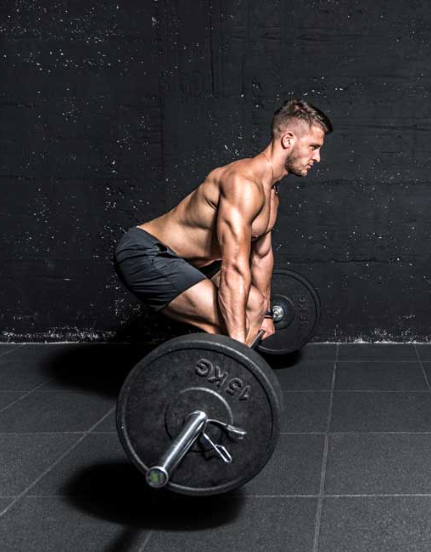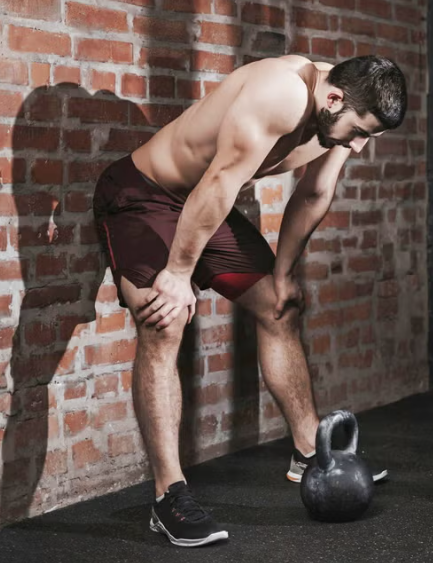
Why Large Deficit Deadlifts Can Enhance Mobility and Strength
If you’re a serious lifter or someone looking to improve your deadlift, you may have come across the concept of deficit deadlifts. While some lifters swear by them, others argue that they come with a higher risk of injury. As someone who has trained under renowned coach Boris Sheiko, I’ve gained a new appreciation for the benefits of using a larger deficit when it comes to improving mobility and technique, particularly in the deadlift.
Most lifters are familiar with the idea of a small deficit — typically just one to two inches — when performing deadlifts. However, Sheiko’s method involves a more substantial deficit, around 4 inches (10 cm), which he believes has distinct advantages in training. You may wonder why such a small difference in height can make such an impact on performance and mobility, so let’s dive deeper into this concept.
The Benefits of a Larger Deficit
In general, deficit deadlifts involve performing the lift from an elevated platform, forcing the lifter to pull the bar from a greater range of motion. A typical deficit height of 1-2 inches often isn’t enough to make a lifter “fight” for a better position, especially when it comes to motor control and improving technique. On the other hand, a larger 4-inch deficit encourages lifters to engage more actively with their starting position, challenging their ability to maintain a neutral spine and proper form under load.
Sheiko’s rationale for this larger deficit is that it demands more from the lifter’s motor control. The greater range of motion forces the lifter to exert more effort, improving their position and strength in the deadlift. In simpler terms, it overloads the system enough to strengthen the muscles needed to execute the deadlift properly, without compromising form.
Addressing Mobility and Technique
A common mistake when training the deadlift is assuming that mobility issues — such as tight hamstrings or a stiff thoracic spine — are the primary roadblocks to a proper starting position. However, many times it’s not just about mobility; it’s about motor control and strengthening the right muscles. While stretching may help temporarily, real progress happens when the body is overloaded in a specific position and forced to adapt.
Incorporating a larger deficit into your deadlift training works on this exact principle. With the extra range of motion, you build the strength and motor control needed to maintain a strong position throughout the entire lift. The increased distance forces the body to work harder from the floor, engaging more muscle groups to execute the lift efficiently.
How Deficit Deadlifts Help With Weak Spots
Different deadlift variations highlight different weaknesses. For conventional deadlifters, the sticking point is typically just below the knees. But if you haven’t established a strong position from the floor, even a good lockout is harder to achieve. The larger deficit addresses this issue by forcing your body to use more muscle groups to move the weight from the floor.
For sumo deadlifters, adding a deficit can improve the strength off the floor by increasing hip flexion, knee flexion, and ankle dorsiflexion. While this variation adds a bit more stress on the back, it still mimics a high squat position with the hips above parallel. This can be especially helpful for lifters who may rely too much on their back strength in the sumo deadlift and neglect other muscle groups.
Safety and Injury Prevention
Despite concerns about the added shear force on the spine from increased torso lean, the risk of injury in deficit deadlifts can be minimized if performed correctly. The key is not to push too heavy a weight, especially at first. Working with submaximal loads — around 60% to 70% of your 1RM — for about 4-5 sets of 2-3 reps is ideal. This allows you to focus on technique while building the strength necessary for a strong lockout.
Using a controlled descent with the barbell is another effective way to increase mobility and strengthen the weak points. Lowering the bar with intention engages more of the posterior chain, providing additional benefits over passive stretching or traditional warm-up routines.
Conclusion
If you’re struggling with your deadlift start position or looking to enhance your mobility, adding deficit deadlifts to your training can be a game-changer. Focus on a 4-inch deficit to challenge your position and improve motor control, ensuring that you brace properly and use appropriate weights for each set. Over time, this will not only help you break through plateaus but also build better overall mobility and strength.




